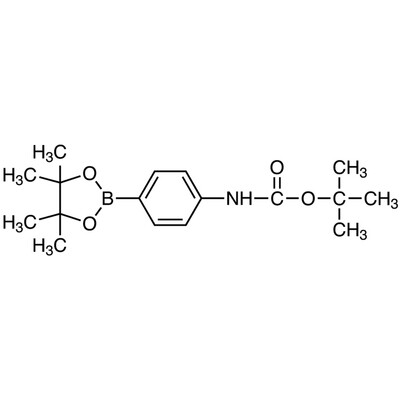Verzending 24–48 u • Levering in de hele EU • Veilige chemieverpakking
Sodium peroxodisulfate 98% 1 g
SKU 007083
€ 56,43
In stock
1
Save this product for later
Sodium peroxodisulfate 98% 1 g
Product Details
CAS number: 7775-27-1
Chemical formulas: Na2S2O8/ F.W. 238.09
Cation: Na
Packaging: 1 g
EAN: 8721028251985
Brand: Laboratoriumdiscounter
Sodium peroxodisulfate is a powerful oxidizing agent commonly used in various industrial applications. With its unique chemical properties, it is widely utilized in water treatment, textile bleaching, and as a catalyst in polymerization reactions. This versatile compound offers exceptional efficiency and effectiveness, making it an essential component in many chemical processes.
When working with Sodium peroxodisulfate, it is important to follow safety instructions to ensure your well-being and prevent any accidents. Here are some short safety instructions to keep in mind: 1. Personal Protective Equipment (PPE): Always wear appropriate PPE, including safety goggles, gloves, and a lab coat or protective clothing. This will protect your eyes, skin, and clothing from potential contact with Sodium peroxodisulfate. 2. Ventilation: Work in a well-ventilated area or use a fume hood to prevent the accumulation of any harmful fumes or vapors. Sodium peroxodisulfate can release oxygen and sulfur dioxide when heated or in contact with certain substances. 3. Storage: Store Sodium peroxodisulfate in a cool, dry, and well-ventilated area away from incompatible substances. Keep it tightly sealed in its original container and away from sources of heat or ignition. 4. Handling: Avoid direct contact with Sodium peroxodisulfate. Use appropriate tools, such as spatulas or scoops, to handle the substance. Do not use bare hands or allow it to come into contact with your skin or eyes. 5. Mixing and Dilution: When mixing or diluting Sodium peroxodisulfate, always add it slowly to the desired solvent or solution. Stir gently to avoid splashing or generating excessive heat. Follow the recommended guidelines for the specific application or experiment. 6. Chemical Incompatibilities: Sodium peroxodisulfate can react violently with certain substances, such as reducing agents, flammable materials, and organic compounds. Avoid contact or mixing with these substances to prevent potential reactions or hazards. 7. Emergency Preparedness: Familiarize yourself with the appropriate emergency procedures and equipment, such as eyewash stations and fire extinguishers, in case of accidental exposure or spills. Have a clear understanding of how to handle and dispose of Sodium peroxodisulfate safely. 8. Disposal: Dispose of Sodium peroxodisulfate according to local regulations and guidelines. Do not pour it down the drain or dispose of it with regular waste. Contact your local waste management facility for proper disposal methods. Remember, these are general safety instructions, and it is essential to consult the specific safety data sheet (SDS) and follow the instructions provided by the manufacturer for the Sodium peroxodisulfate you are working with.
Please note, not all safety data for this product is available on our website, for a complete list of P en H sentences and other safety instructions please request the MSDS at our customer service
You May Also Like

Ethyl 3-bromo-5-(trifluoromethyl)benzoate, 10g
Ethyl 3-bromo-5-(trifluoromethyl)benzoate, 10g
SKU F098269-10G
€ 1 620,30

Ethyl 3,4,5-trimethoxybenzoate, 95.0%, 25g
Ethyl 3,4,5-trimethoxybenzoate, 95.0%, 25g
SKU F329971-25G
€ 95,70
Display prices in:EUR




![tert-Butyl 5-(hydroxymethyl)-1H-benzo[d]imidazole-1-carboxylate, 95+%, 250mg tert-Butyl 5-(hydroxymethyl)-1H-benzo[d]imidazole-1-carboxylate, 95+%, 250mg](https://d2j6dbq0eux0bg.cloudfront.net/images/88473019/4771473817.png)




![1-[3-(methylthio)propyl]piperazine hydrochloride, 1g 1-[3-(methylthio)propyl]piperazine hydrochloride, 1g](https://d2j6dbq0eux0bg.cloudfront.net/images/88473019/4856974170.png)

